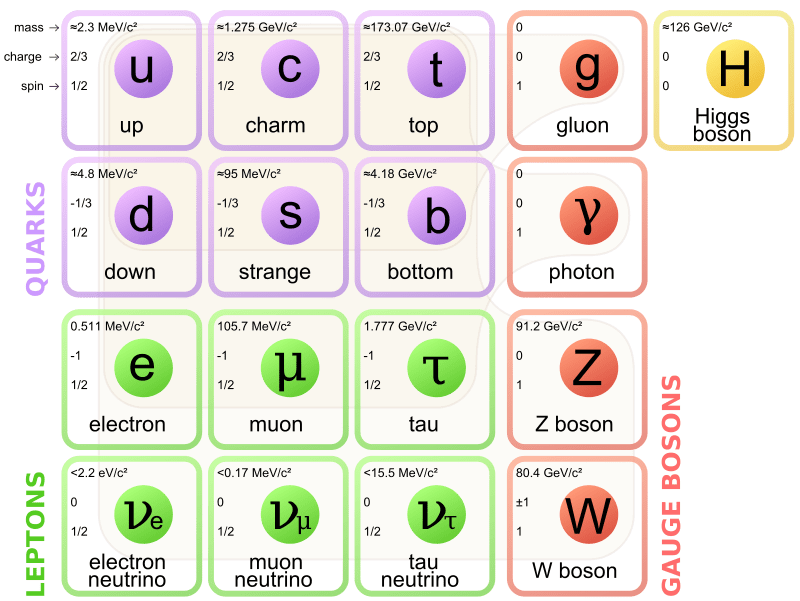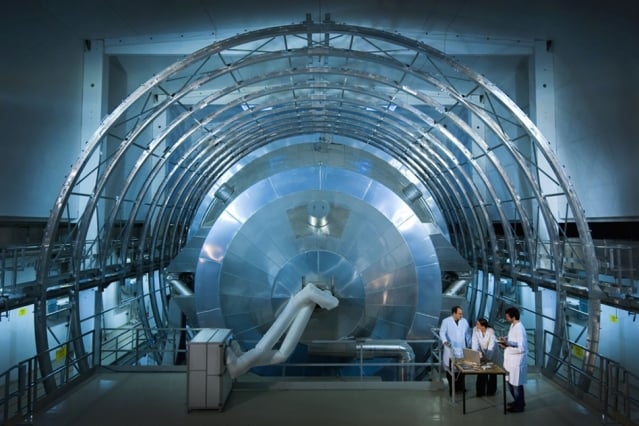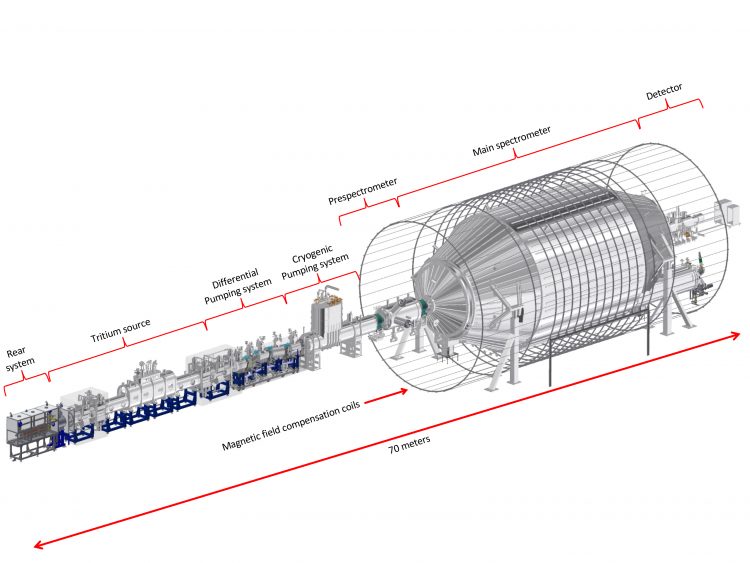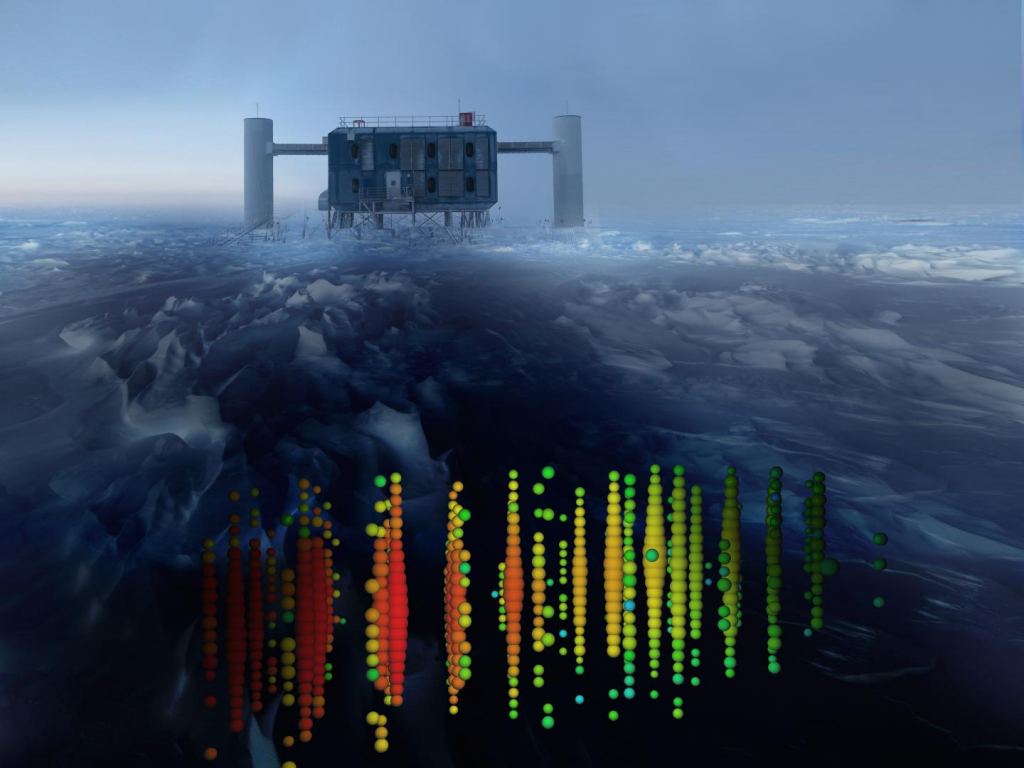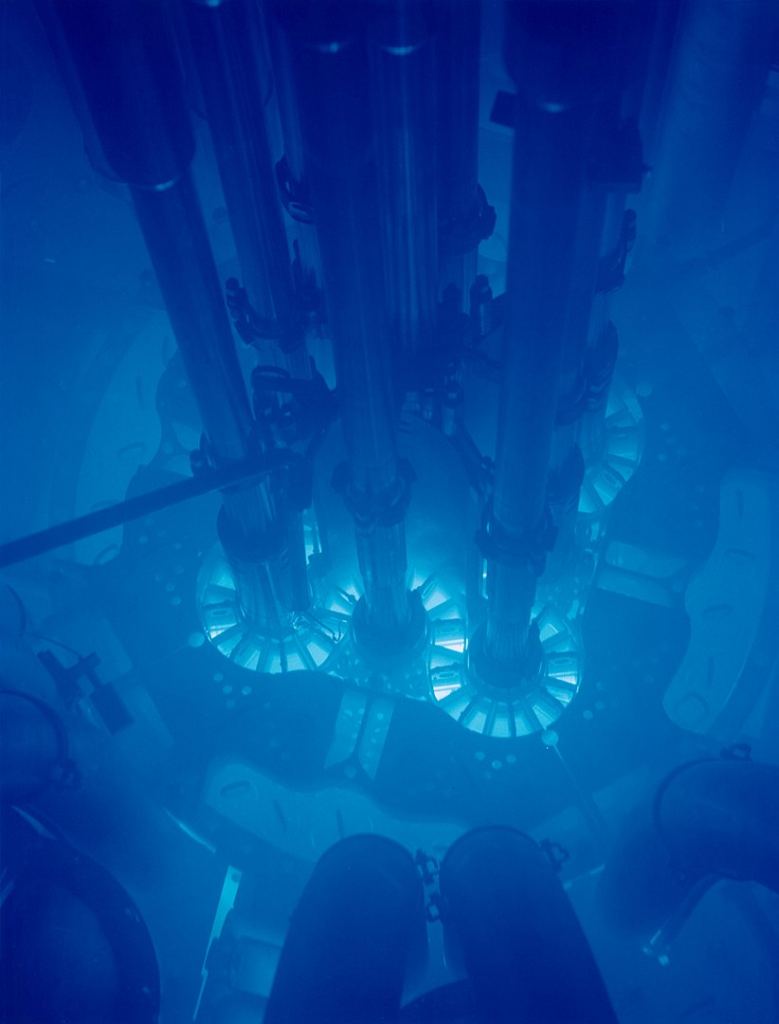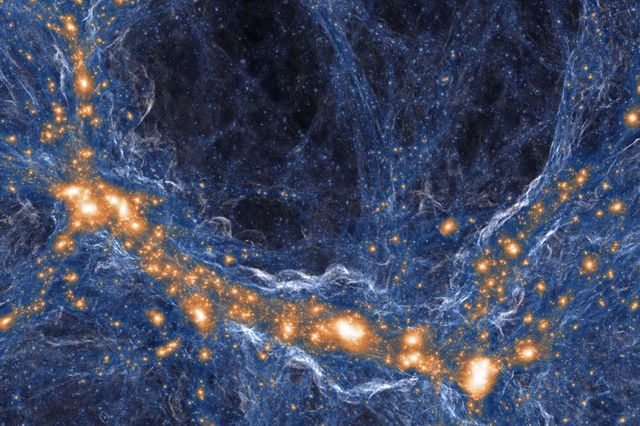The Standard Model of Particle Physics is one of science's most impressive feats. It's a rigorous, precise effort to understand and describe three of the four fundamental forces of the Universe: the electromagnetic force, the strong nuclear force, and the weak nuclear force. Gravity is absent because so far, fitting it into the Standard Model has been extremely challenging.
But there are some holes in the Standard Model, and one of them involves the mass of the neutrino.
The existence of the neutrino was first proposed in 1930, then detected in 1956. Since then, physicists have learned there are three types of neutrinos, and they're abundant and elusive. Only special facilities can detect them because they rarely interact with other matter. There are several sources for them, and some of them have been zipping through space since the Big Bang, but most of the neutrinos near Earth come from the Sun.
The Standard Model predicts that neutrinos have no mass, like photons. But physicists have found that the three types of neutrinos can transform into one another as they move. According to physicists, they should only be able to do that if they do have mass.
But how much mass? That's a question that's been dogging particle physicists. And answering that question is part of what drives scientists at KATRIN (Karlsruhe Tritium Neutrino Experiment.)
"These findings by the KATRIN collaboration reduce the previous mass range for the neutrino by a factor of two..." HAMISH ROBERTSON, KATRIN SCIENTIST AND PROFESSOR EMERITUS OF PHYSICS AT THE UNIVERSITY OF WASHINGTON.
A team of researchers have come up with part of an answer to that: the mass of the neutrino can be no larger than 1.1 electron volts (eV.) This is a reduction of the upper limit of a neutrino's mass by nearly 1 eV; from 2 eV down to 1.1 eV. By building on previous experiments that set the lower mass limit at 0.02 eV, these researchers have set a new range for the neutrino's mass. It shows that a neutrino has less than 1/500,000th the mass of an electron. This is an important step in the advancement of the Standard Model.
"Knowing the mass of the neutrino will allow scientists to answer fundamental questions in cosmology, astrophysics and particle physics..." Hamish Robertson, KATRIN scientist and professor emeritus of physics at the University of Washington.
The researchers behind this work come from 20 different research institutions around the world. They're working with KATRIN at the Karlsruhe Institute of Technology in Germany. The KATRIN facility features a 10 meter high-resolution spectrometer which allows it to measure electron energies with great precision.
The KATRIN team presented their results at the 2019 Topics in Astroparticle and Underground Physics conference in Toyama, Japan, on September 13th.
"Knowing the mass of the neutrino will allow scientists to answer fundamental questions in cosmology, astrophysics and particle physics, such as how the universe evolved or what physics exists beyond the Standard Model," said Hamish Robertson, a KATRIN scientist and professor emeritus of physics at the University of Washington. "These findings by the KATRIN collaboration reduce the previous mass range for the neutrino by a factor of two, place more stringent criteria on what the neutrino's mass actually is, and provide a path forward to measure its value definitively."
Neutrinos are notoriously difficult to detect, even though they're abundant. Only photons are more abundant. Like their name says, they're electrically neutral. This makes detecting them extremely difficult. There are neutrino observatories sunk deep in the Antarctic ice, and also deep in abandoned mines. They often use heavy water to entice the neutrinos to interact. When a neutrino does interact, it produces Cherenkov radiation that can be measured.
"If you filled the solar system with lead out to fifty times beyond the orbit of Pluto, about half of the neutrinos emitted by the sun would still leave the solar system without interacting with that lead," said Robertson.
The history of the neutrino has evolved over time with experiments such as KATRIN. Originally, the Standard Model predicted neutrinos would have no mass. But in 2001, two different detectors showed their mass is non-zero. The 2015 Nobel Prize in Physics was awarded to two scientists who showed that neutrinos can oscillate between types, showing they have mass.
The KATRIN facility measures the mass of neutrinos indirectly. It works by monitoring the decay of tritium, which is a highly-radioactive form of hydrogen. As the tritium isotope decays, it emits pairs of particles: an electron and an anti-neutrino. Together, they share 18,560 eV of energy.
In most cases, the pair of particles share the 18,560 eV equally. But in rare instances, the electron hogs most of the energy, leaving the neutrino with very little. These rare instances are what scientists are focused on.
Due to E=mC2, the tiny amount of energy left for the neutrino in these rare cases must also equal its mass. Because KATRIN has the power to measure the electron accurately, it's also able to determine the neutrino's mass.
"Solving the mass of the neutrino would lead us into a brave new world of creating a new Standard Model," said Peter Doe, a research professor of physics from the University of Washington who works on KATRIN.
This new Standard Model that Doe mentions may have the potential to account for dark matter, which makes up most of the matter in the Universe. Efforts like KATRIN may one day detect another, fourth type of neutrino called the sterile neutrino. So far this fourth type is only conjecture, but it is a candidate for dark matter.
"Neutrinos are strange little particles," said Doe. "They're so ubiquitous, and there's so much we can learn once we determine this value."
Showing that neutrinos have mass, and constraining the range of that mass, are both important. But particle physicists still don't know how they gain their mass. It's probably different than how other particles gain theirs.
Results like this from KATRIN are helping close a hole in the Standard Model, and in our overall understanding of the Universe. The Universe is full of ancient neutrinos from the Big Bang, and every advancement in the mass of the neutrino helps us understand how the Universe formed and evolved.
More:
- Press Release: KATRIN cuts the mass estimate for the elusive neutrino in half
- Karlsruhe Institute of Technology: KATRIN
- CERN: The Standard Model
- Symmetry Magazine: Five Mysteries the Standard Model Can't Explain
- MIT News: 3Q: Scientists shave estimate of neutrino’s mass in half
 Universe Today
Universe Today

